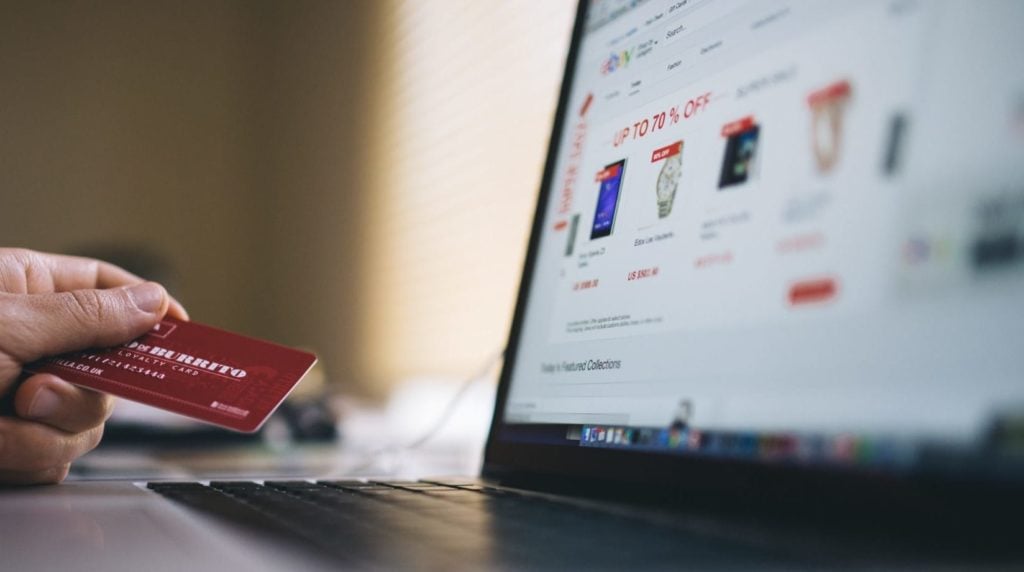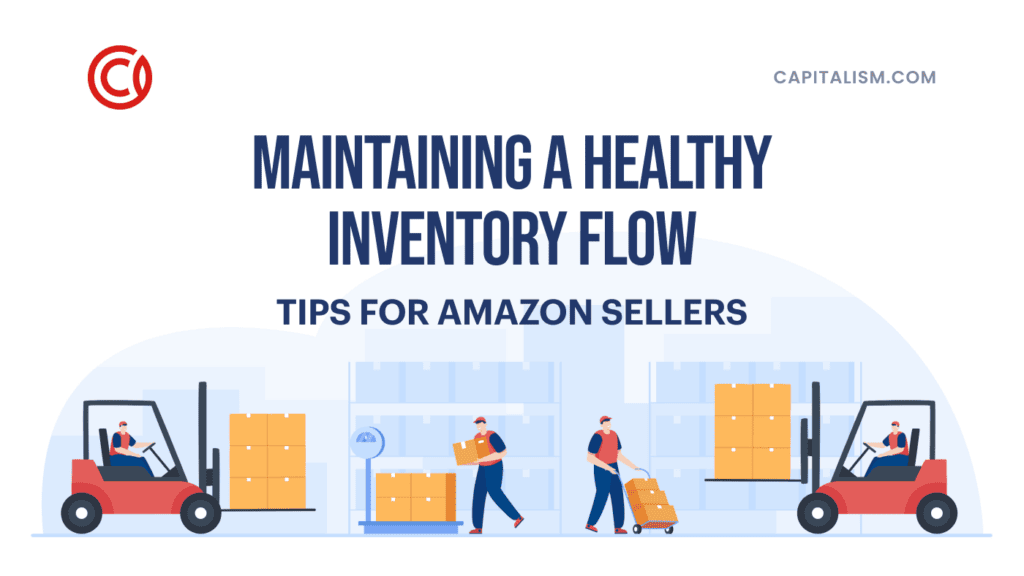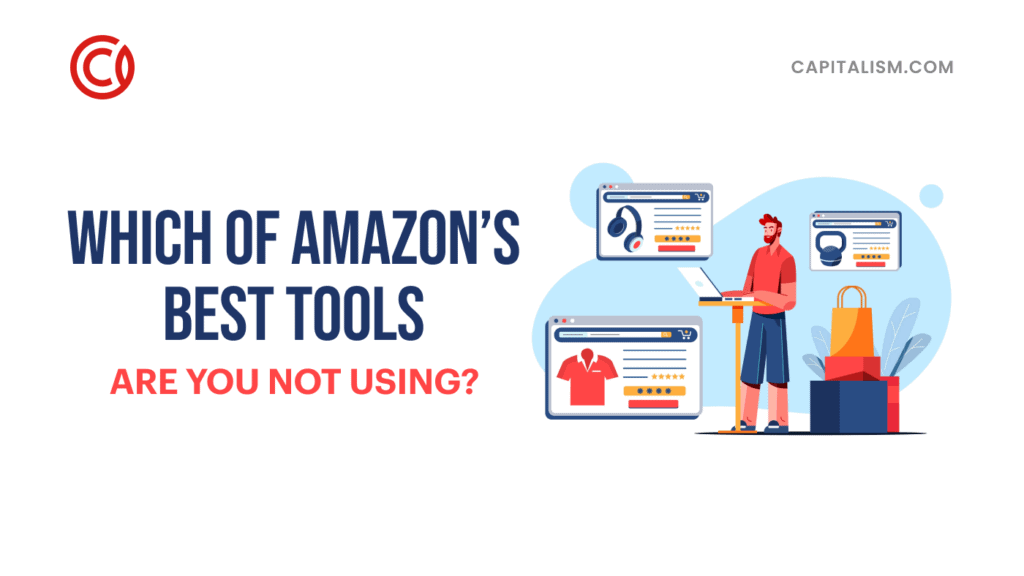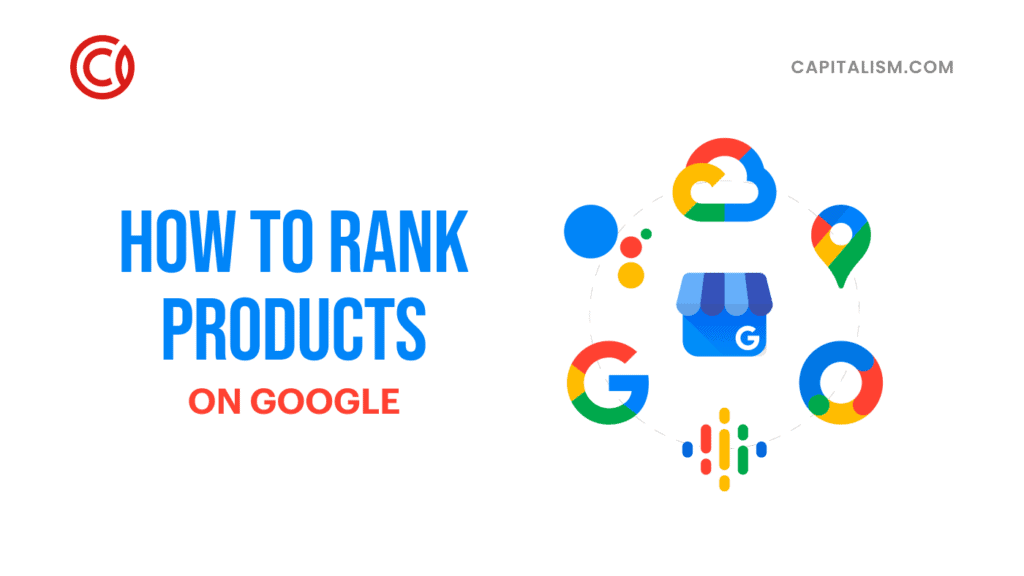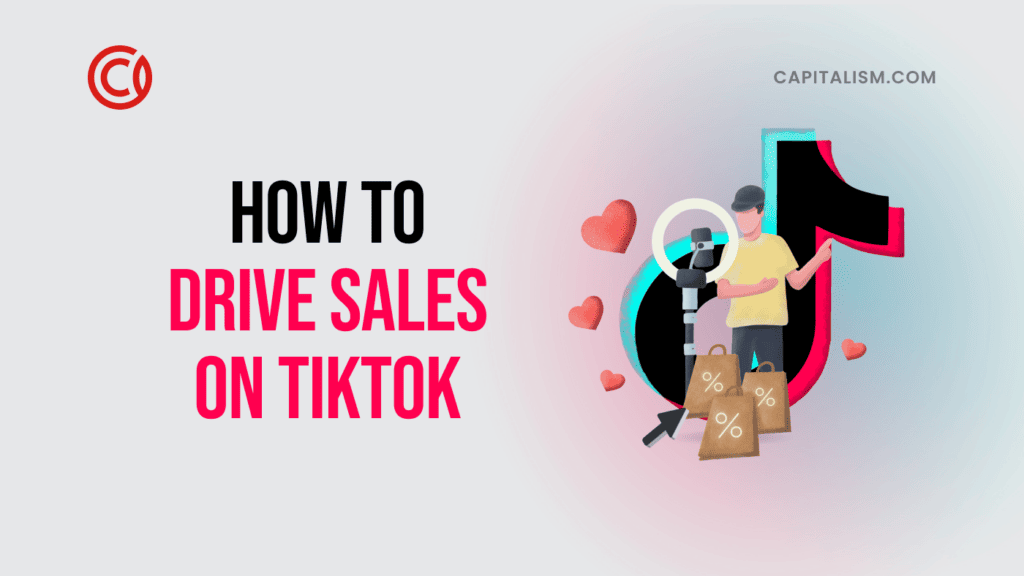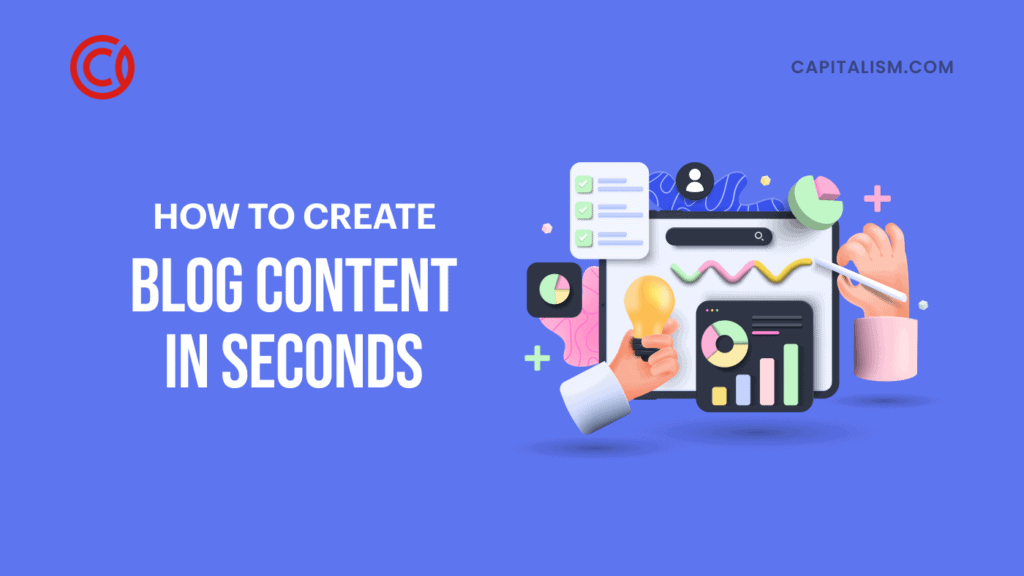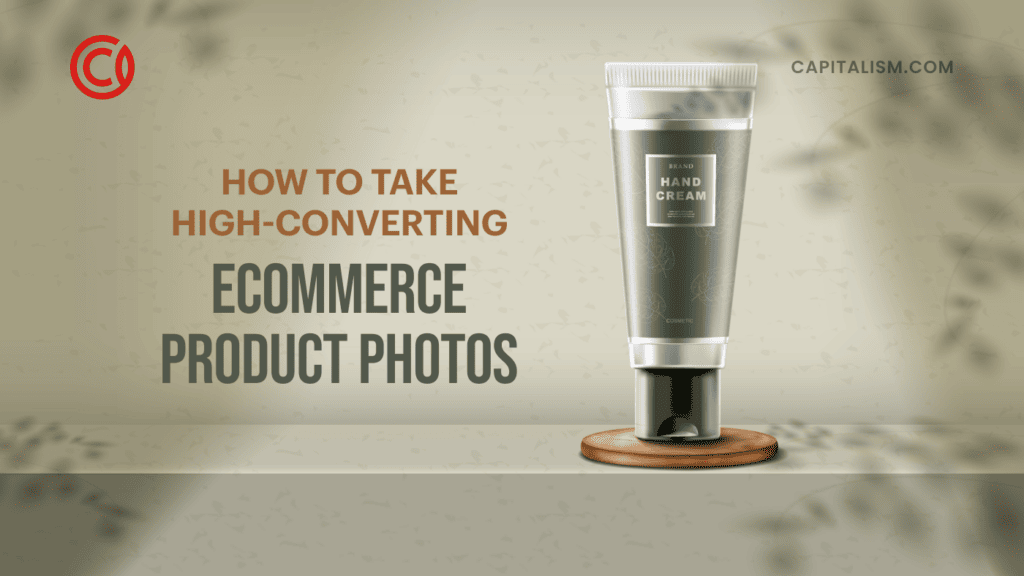One of the most common questions that an online entrepreneur has is, “How can I find the best product that I can sell?" There is a ton of advice out there from people on what products to sell and what’s hot currently. Everything from A-Z can sound good to the inexperienced online seller.
Without a steady supply of good products, your sales and reputation can fail. Think about how quickly people will leave negative reviews if your products are poor quality or you are constantly sold out. With good products, there are a wide range of price points that can impact profitability. It’s important to find your happy medium by sourcing products from reputable sources and being able to make sales that are worth the effort.
There are different strategies that have been tried, but only a few that can produce 7-figures. Sometimes the best approach is the simplest. In fact, let’s take our products buyer hats off for a few and talk about online marketing. This will make sense later on.
Knowing Your Buyer Personal
Before you start randomly choosing and selling products online, it’s very important that you understand who your buyer is and what motivates them to buy from you. This is called a “buyers persona”. According to MicroD, an award-winning digital marketing firm exclusive to the home furnishings industry, the buyer persona is, “a fictional representation of your ideal customer.” This is someone that you need to know before they ever encounter your online store or make a purchase. This persona will dictate all your decisions in terms of marketing, buying products, and developing brand loyalty.
An example of a buyer persona if you operate a trendy boutique for women might be:
- Female
- Age 21-30
- Single, Career-minded
- Earns $40K or above
- Makes 100% of her purchasing decisions
- Active on social media
- Eclectic sense of style
- Shops online to reduce environmental impact
From this foundation, you can begin to form the basis for what your buyers are looking for and why they may choose to shop with you. Your brand and marketing then revolves around these factors. Where you source your products from is also influenced by your buyer persona. If you note above, a value that the customer has is to reduce the impact on the environment, therefore you would want to get your products from sources that have this same mission.
People buy online because they want to fulfil the goal of obtaining something that makes them feel good. You may think, “I’m just selling handmade bags from Peru”, but to the buyer they are thinking how good it makes them feel to know that their purchase benefited a group of Peruvian women in a village somewhere and that the product they chose was created from recycled materials. At the same time, they have a beautiful item that they can show off on their Instagram account and it has a story behind it.

Are we getting off the beaten track some? Good. Because this is what you need to know before you even start trying to look for products for your online store.
A point I want to make here is that you must understand the journey that your buyers are on and how you can make this profitable. You are not telling customers they have to buy something. Instead, you are addressing the needs they have. A good example of this are all the male performance products that are marketed towards the problems that middle-aged men have. These fellas are struggling to come to terms with their changing bodies and feeling desired by women. If you market to their journey they are on and address their problems, you’ve already gotten their attention.
Once you solve a consumer’s problems, they become brand ambassadors for your company. These are your client testimonials and repeat buyers. However, be mindful that you will have to offer related products that compliment the new journey they are on. The woman who has purchased a bag from your store is probably going to be looking for other accessories like
How will you generate 6 or 7 figures? You will need 3-5 quality products to keep things going. If you sell 25 products a day, and generate 100 sales a day at $25 this equals a million dollars in sales in a year.
As an online business owner, you are not just selling products. You are solving the problems that people have. You are supporting them on their personal journey.
Here’s a little task for you:
What are your customer’s problems or needs based on their persona? Take the time to create one now and then find a few products that are complementary and address the journey of your customers. Think about where they are now and where they may be in 3 months, 6 months, a year… What are their interests? What are their values? What causes do they have? What do they share on social networks with their friends? How can you craft marketing content that speaks to them?
How And Where To Find The Best Products
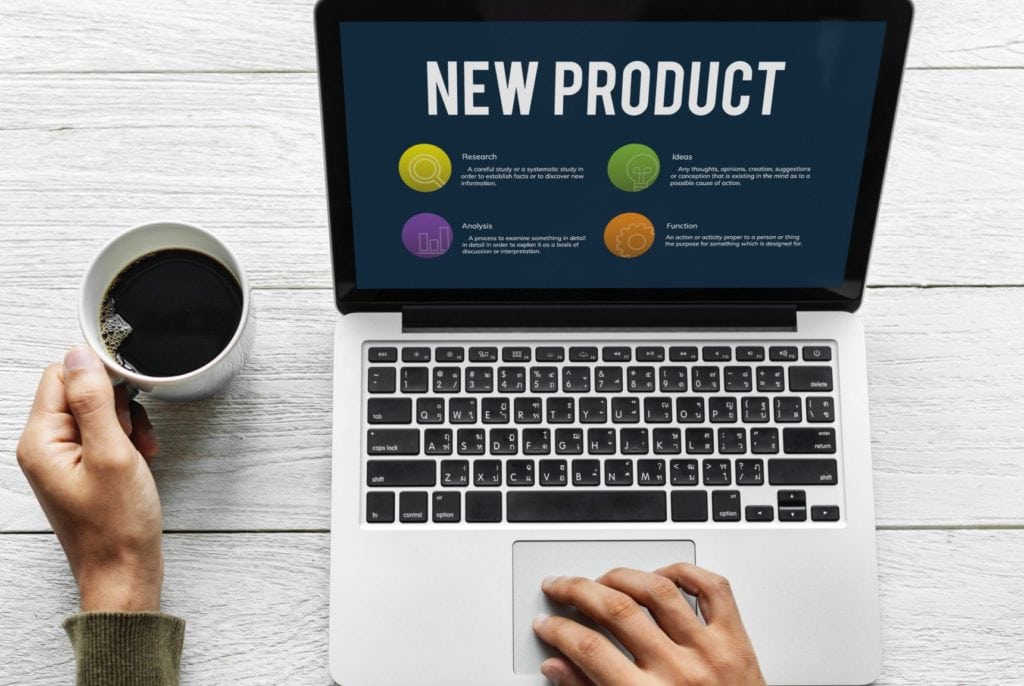
#1 - Market Research
First, conduct some research what is already selling well in your niche. Visit Amazon and review the top 100 sellers list. You can drill down to specific products and review what each seller is offering. Use Google to do a quick search for your products (like a consumer would search) and see how many searches are populated. Visit AliExpress and eBay and check out their best seller lists.
Why you should not skip this step: You can not only find hot products, but you can note any gaps in what’s being offered. Pay attention to the marketing messaging that top sellers use. Choose products that are not overly saturated on the platform you wish to sell on.
#2 - One Great Product
You then want to evaluate what products will produce the highest return on investment for your store. A good place to start is to choose one best-selling product that retails for $10-20, but costs around $1 to $2 to produce. This will generate a nice profit. Consider that you want your customers to view your products as having value (and not necessarily the cheapest). A MIT and University of Chicago study from a few years ago indicated that when women’s dresses were priced at $39 each (instead of $34) they were more likely to sell.
Do this with your buyer’s persona in mind. Ask yourself if the product solves a problem that your buyers have. If not, keep looking.
#3 - Choose Vendors
In order to get the best price and quality of products, carefully screen and evaluate all supplier and dropship companies. Wholesale Central is a great place to start browsing for vendors.
You can also go to a number of product distributors to find low cost products that meet your requirements. Catalin Zorzini, who writes for eCommerce Platforms advises, “If you know the product(s) you want to sell, call the manufacturer and ask for a list of its wholesale distributors.”. Consider going places like Etsy and on social media groups to find unique products that you can offer in your store, purchased at a bulk lot price. Visit business closing auctions and box lot sales where you can buy items for pennies on the dollar. Attend trade shows in your niche to discover up and coming products that may appeal to your consumers and inquire directly with the vendors there about wholesale options.
When evaluating a vendor, understand any limitations and requirements they may have, such as minimum order size, resale license, U.S. vs. international regulations and restrictions on some products. Also, factor in taxes, fees, and shipping rates.
#4 - Evaluate the Terms
Most likely you will be asked to sign a reseller agreement if you purchase through a wholesaler, manufacturer, or other distributor. Dropship companies are an option if you want to keep inventory out of your home office and speed up shipping to your customers. But be aware there may be hidden fees with any of these options. Read the fine print carefully before agreeing to anything. Understand that, at times, a vendor may not be able to fulfill an order, therefore you should always have a backup plan for hot selling products that may go out of stock.
Ask for samples of products to evaluate before making a large purchase. Read reviews of vendors and find out what their ratings are with industry associations and the Better Business Bureau. Stay away from any potential trouble and low quality merchandise.
How can you know you have selected the products that will sell?
It’s normal to be a little nervous about investing a large sum of money into a product wondering if it will actually sell. There are no certainties in life or business, but if you’ve done your homework you’ve increased the likelihood that you will generate revenues from the product(s) you’ve chosen. To recap, the action items you need to take every time you are selecting a product / vendor are:
- Know your buyer persona and journey well.
- Understand how your product solves a problem.
- Do thorough market research on hot products.
- Select a quality product you can sell for $10-20 each.
- Partner with a few product vendors you trust.
- Keep adding value to your product lineup.
& Once You Have The Product,
How To Maximize Online Sales
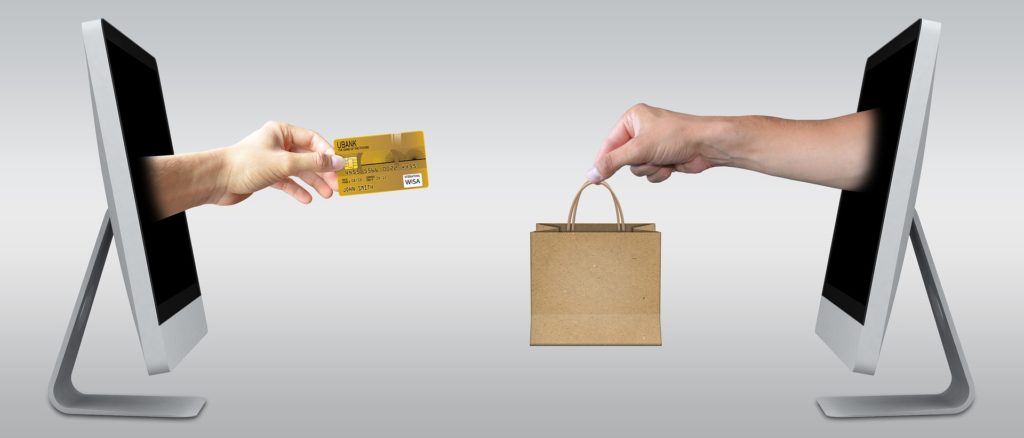
On the backend, you may be wondering how to make sure your online store is doing everything to maximize sales for the long-term. It’s no longer just about a sales cycle. As we talked about earlier, understanding the buyer’s current and future journey is key. Anticipate that their needs will change with time and make sure to adjust brand messaging accordingly.
If you can win buyers over with a great first purchase experience, they will be back for more.
Go out of your way to make buying from you a surprisingly positive and easy experience. Treat your customers like gold. Be grateful for your customers and communicate this to them often with opportunities to save money, earn free stuff, and share your merchandise with their friends.
Listen to your customers on social media and any reviews they leave. Pay attention to their buying behavior. Use analytics to monitor this as well as website traffic sources, conversion rates, and email responses. Tweak things as needed. This is especially important when adding a new product to sell or when a product starts to become stale.
